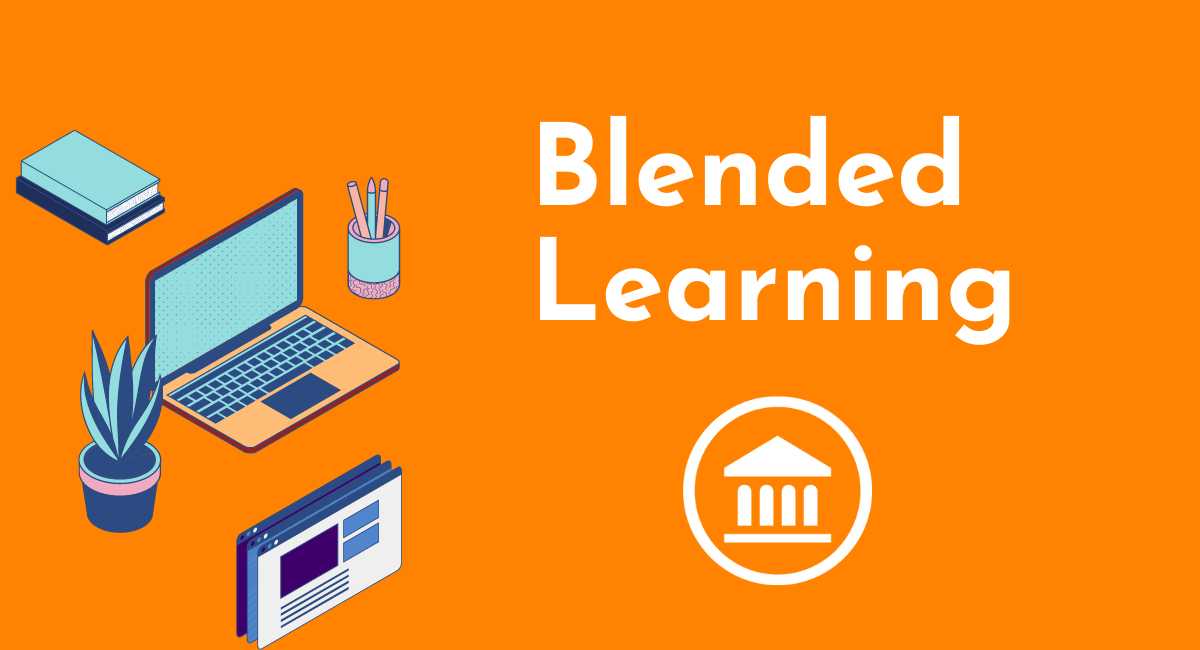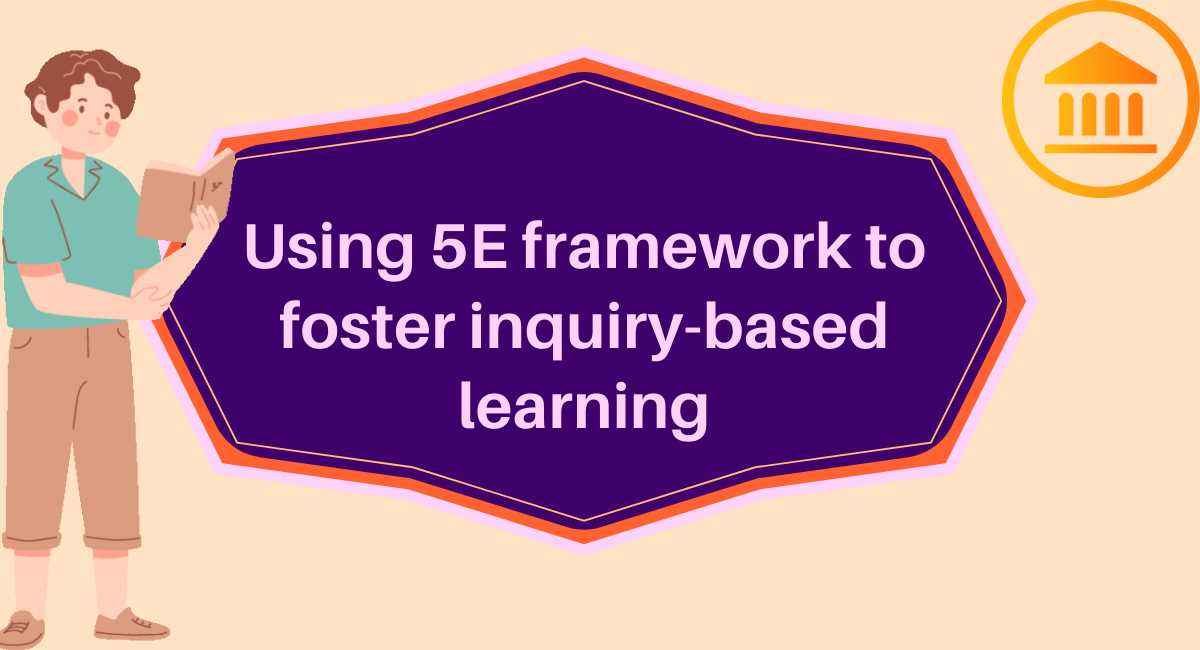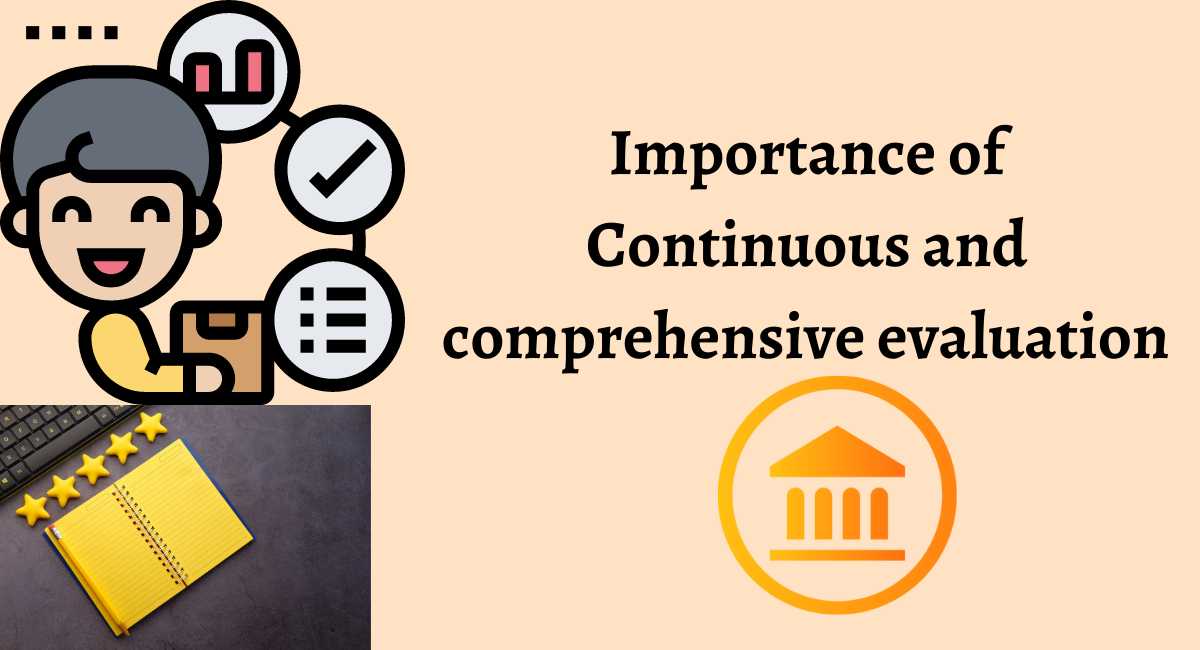Learning Objectives (LOs) are brief, clear statements about what students will learn by the end of the lesson(s), academic year, course, or project. Bloom’s taxonomy is a classification framework proposed by educational psychologist Benjamin Bloom in 1956 to assess learning at different cognitive levels (from basic to more complex).
When crafting student learning objectives, identify the kinds of learning you would like to foster in your students through your course. The learning can be in three domains of learning: cognitive (knowledge), affective (attitudes), and psychomotor (skills). The cognitive domain highlights intellectual outcomes and is further divided into six specific categories or levels: remember, understand, apply, analyze, evaluate, and create.
When framing objectives as per different labels refer to the following table:
|
Level |
Definition |
Action words you can use in the objective statement |
|
Remember |
Students exhibit the memory of previously learned materials by recalling facts, terms, basic concepts, and simple answers. |
choose, define, find, how, label, list, match, name, omit, recall, relate, select, show, spell, tell, identify, describe, copy, locate, recognize, memorize, quote, reproduce, tabulate, discover, duplicate, listen, enumerate |
|
Understand |
Students demonstrate understanding of facts and ideas by interpreting, exemplifying, classifying, summarizing, inferring, comparing and explaining main ideas. |
classify, compare, contrast, extend, demonstrate, explain, illustrate, infer, interpret, outline, relate, rephrase, show, summarize, select, translate, describe, paraphrase, ask, differentiate, discuss, express, distinguish, restate, group |
|
Apply |
Students solve problems in new situations by applying acquired knowledge, facts, techniques and rules in a different way. |
calculate, predict, apply, solve, illustrate, use, demonstrate, determine, model, build, construct, develop, experiment with, identify, make use of, organize, plan, select |
|
Analyze |
Students are able to examine and break information into parts by identifying motives, causes and relationships. They can make inferences and find evidence to support generalization. |
classify, outline, break down, categorize, analyze, diagram, illustrate, assume, compare, conclusion, contrast, discover, dissect, distinguish, divide, examine, function, inference, inspect, list, motive, relationships, simplify, survey, take part in, test for |
|
Evaluate |
Students are able to present and defend opinions by making judgments about information, validity of ideas, or quality of work based on a set of criteria. They can justify a decision or course of action. |
design, formulate, build, invent, create, compose, generate, derive, modify, develop, agree, appraise, assess, award, choose, compare, conclude, criteria, criticize, decide, deduct, defend, determine, disprove, estimate, evaluate, explain, influence, judge, interpret, justify, mark, measure, perceive, prioritize, rate, recommend, rule on, select, support, value |
|
Create |
Students are able to compile, generate or view information, ideas or products together in a different way by combining elements in a new pattern or by proposing alternative solutions. |
adapt, build, change, choose, combine, compile, compose, construct, create, delete, design, develop, discuss, elaborate, estimate, formulate, happen, imagine, improve, invent, make up, maximize, modify, originate, plan, predict, propose, solve, suppose, test, hypothesize, substitute, compile, develop, rearrange, anticipate, assemble, collaborate, collect, devise, imagine, intervene |






















